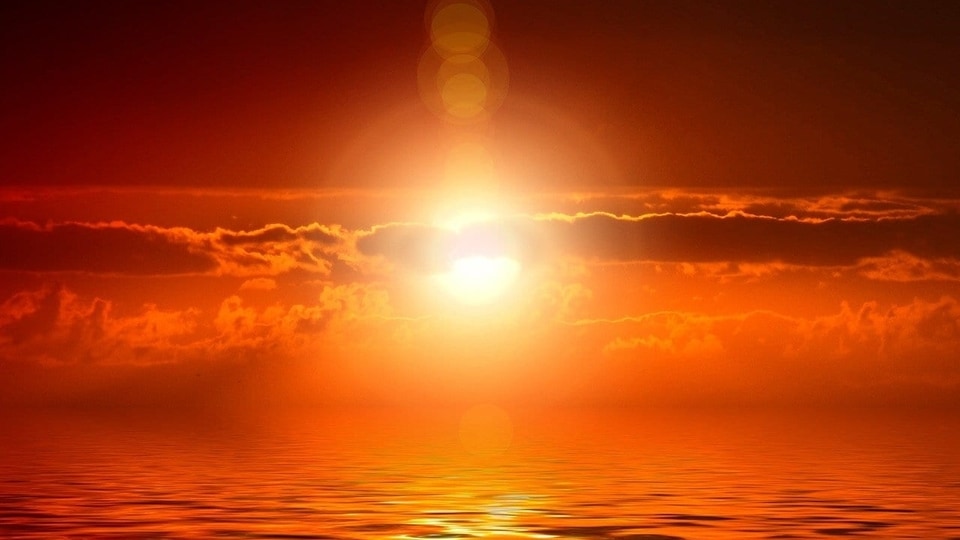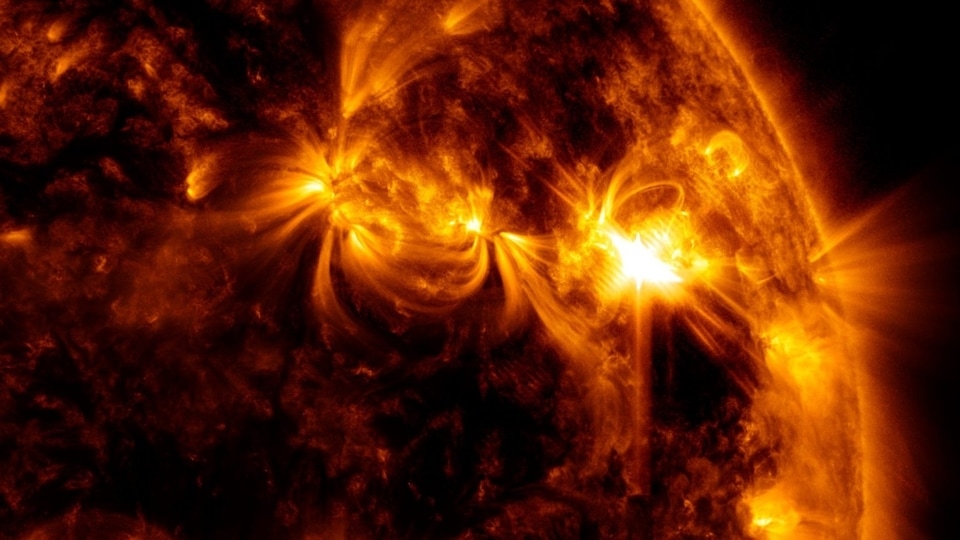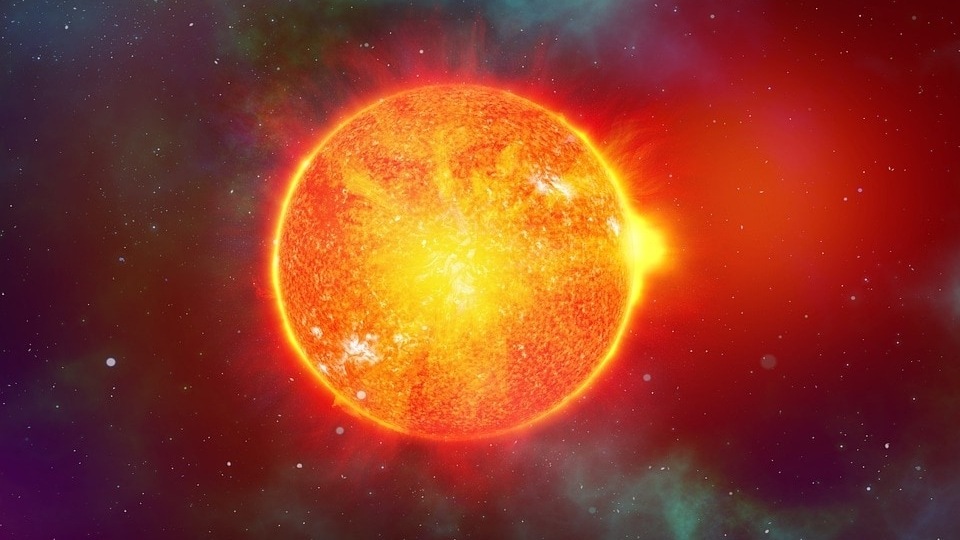NASA says strong incoming solar winds could spark geomagnetic storm on Earth
NASA’s Solar Dynamics Observatory (SDO) has revealed that a strong stream of solar winds is flowing towards Earth and it could spark a geomagnetic storm. Know all about this latest development.






 View all Images
View all ImagesThe barrage of solar activity continues as we near the peak of solar cycle 25. For the unaware, a solar cycle is an 11-year period where the Sun's activity dips and rises. The lowest point of activity in the cycle is known as the solar minimum, while the period of highest activity is known as the solar maximum. As we approach the solar maximum, Earth is predicted to face more CMEs, sunspots, solar flares, and solar storms.
NASA's Solar Dynamics Observatory (SDO), which carries a full suite of instruments to observe the Sun, has now revealed that a strong stream of solar wind is flowing towards Earth and it could spark a geomagnetic storm. Know all about this latest development.
Geomagnetic storm
Yesterday, it was revealed that a sunspot on the solar surface containing almost 12 dark cores had been observed that was almost 200,000 kilometers in diameter. This sunspot, named Sunspot Complex AR3490-91-92, was slowly turning towards Earth and could hurl out solar winds. The phenomenon is now taking place. According to a SpaceWeather report, a stream of high-speed solar winds is flowing towards Earth at speeds of greater than 500 kilometers per second. These winds have crossed with “stronger-than-usual” magnetic fields.
While it has not sparked a geomagnetic storm yet, one could be on the cards. The report states that skywatchers in the Arctic regions should be on the lookout for auroras after nightfall.
What are auroras?
Auroras, also known as Northern Lights or Aurora Borealis at the North Pole and Southern Lights or Aurora Australis at the South Pole, are shifting curtains of light in greens, blues, and pinks in the night sky. These mesmerizing lights are constantly changing shape and intensity, from dim and scattered, to bright and they are visible for thousands of miles.
They are typically seen in the northern polar regions, including in places like Canada, Alaska, and Norway. The Southern Lights, or aurora australis, are seen in the southern polar regions, such as Antarctica and southern parts of South America, Africa, and Australia. However, if the storm is powerful enough, auroras can be seen further southwards in the US and England too.
Catch all the Latest Tech News, Mobile News, Laptop News, Gaming news, Wearables News , How To News, also keep up with us on Whatsapp channel,Twitter, Facebook, Google News, and Instagram. For our latest videos, subscribe to our YouTube channel.


























